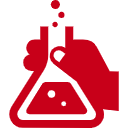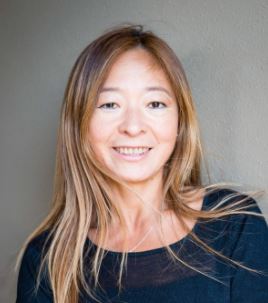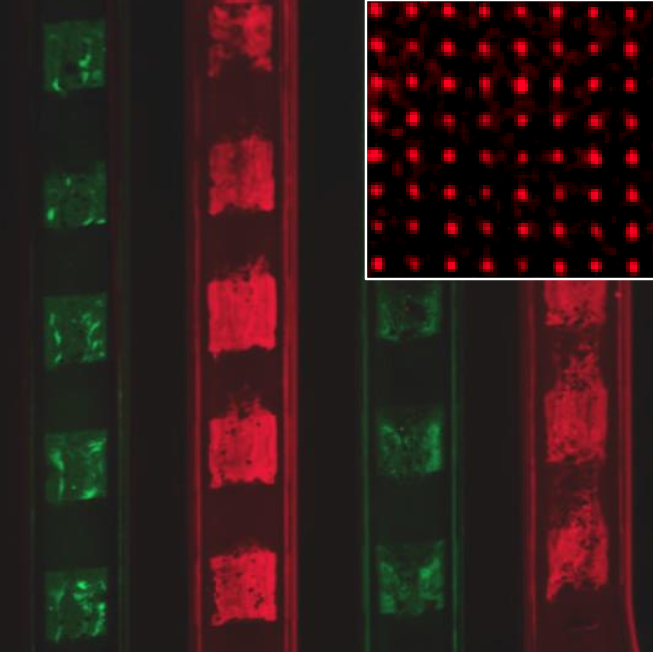Micro & Nano Patterned Multiplex Biomaterials (No. 0100)
|
|
|
<< Back to all technologies |
Summary
A novel method of micro or nano patterning of biomolecules in a multiplex format.
The global protein assay market size is anticipated to reach USD 2.4 billion by 2025, expanding at a CAGR of 11.1% over the forecast period. Protein assays are used in life science research to determine the total protein concentration. Estimation of protein concentration is necessary for protein purification, electrophoresis, cell biology, molecular biology, and research applications. The market is witnessing high growth due to factors such as increasing pharmaceutical & biotech R&D expenditure and favorable government funding scenario for proteomics research. However, current technologies for assays are limited to the micrometer scale, thus increasing the footprint required for full screening. Here we present a promising nanometer scale assay method developed by a group of researchers led by Professor Amy Shen. This assay method benefits from extended shelf-life, high throughput and low cost.
Applications
- DNA assays
- Protein assays
- Micro-fluidic integrated devices
- Low volume applications
Advantages
- High speed printing
- Increased shelf life
- High feature resolution
- Commercial microcontact printer compatible
- low cost
Technology
The technology is based on patterning of stable chemicals as binding/grafting sites for biomolecules at the nanometre scale. Biomolecules are grafted to the pattern when the assay is performed. Biomolecule targets include proteins and DNA. Specifically, the novel method of micro or nano patterning of biomolecules includes the steps of preparing a PDMS stamp which was incubated with silane; separating the PDMS to lift-off silane in contact areas; printing the PDMS with nanoholes of silane onto a glass slide; separating the PDMS from the glass slide; incubating the patterned silane with an aqueous PEG silane to block the unpatterned surface; and then incubating the patterned/blocked APTES silane with desired biomolecule.
Media Coverage and Presentations
CONTACT FOR MORE INFORMATION
![]() Graham Garner
Graham Garner
Technology Licensing Section
![]() tls@oist.jp
tls@oist.jp
![]() +81(0)98-966-8937
+81(0)98-966-8937







